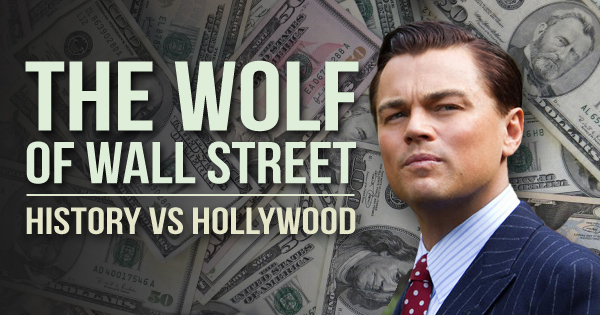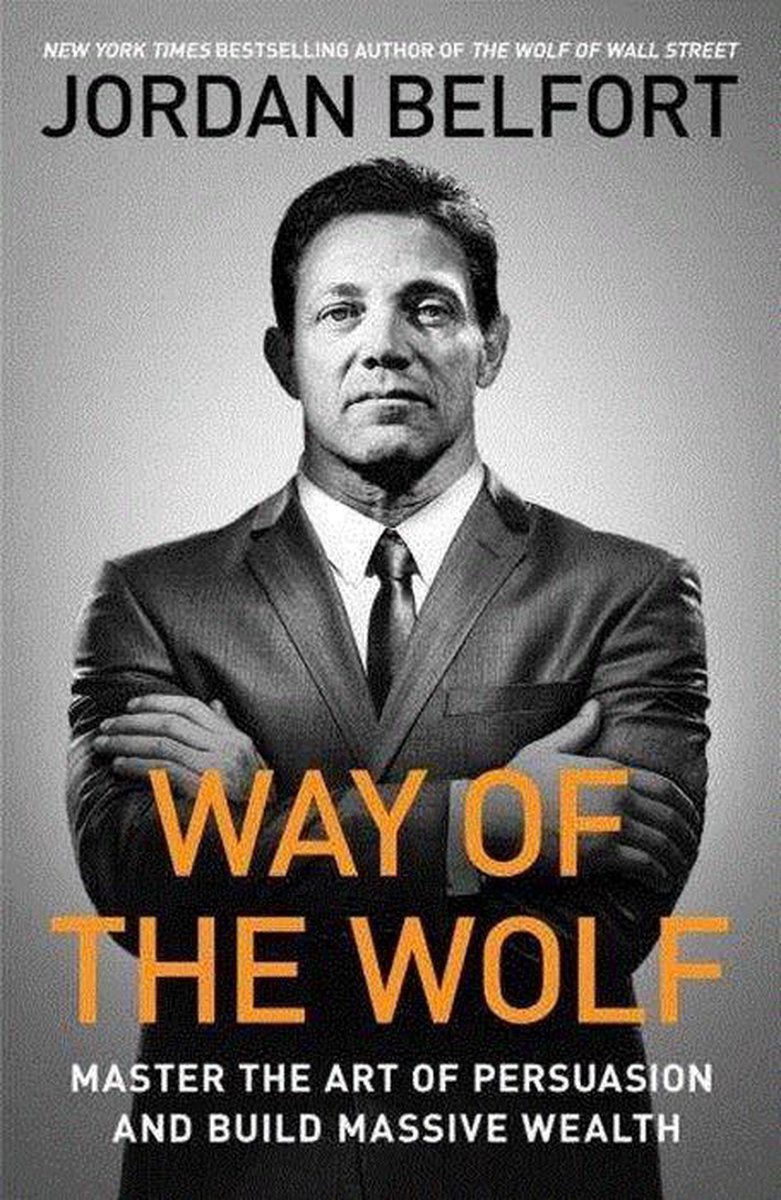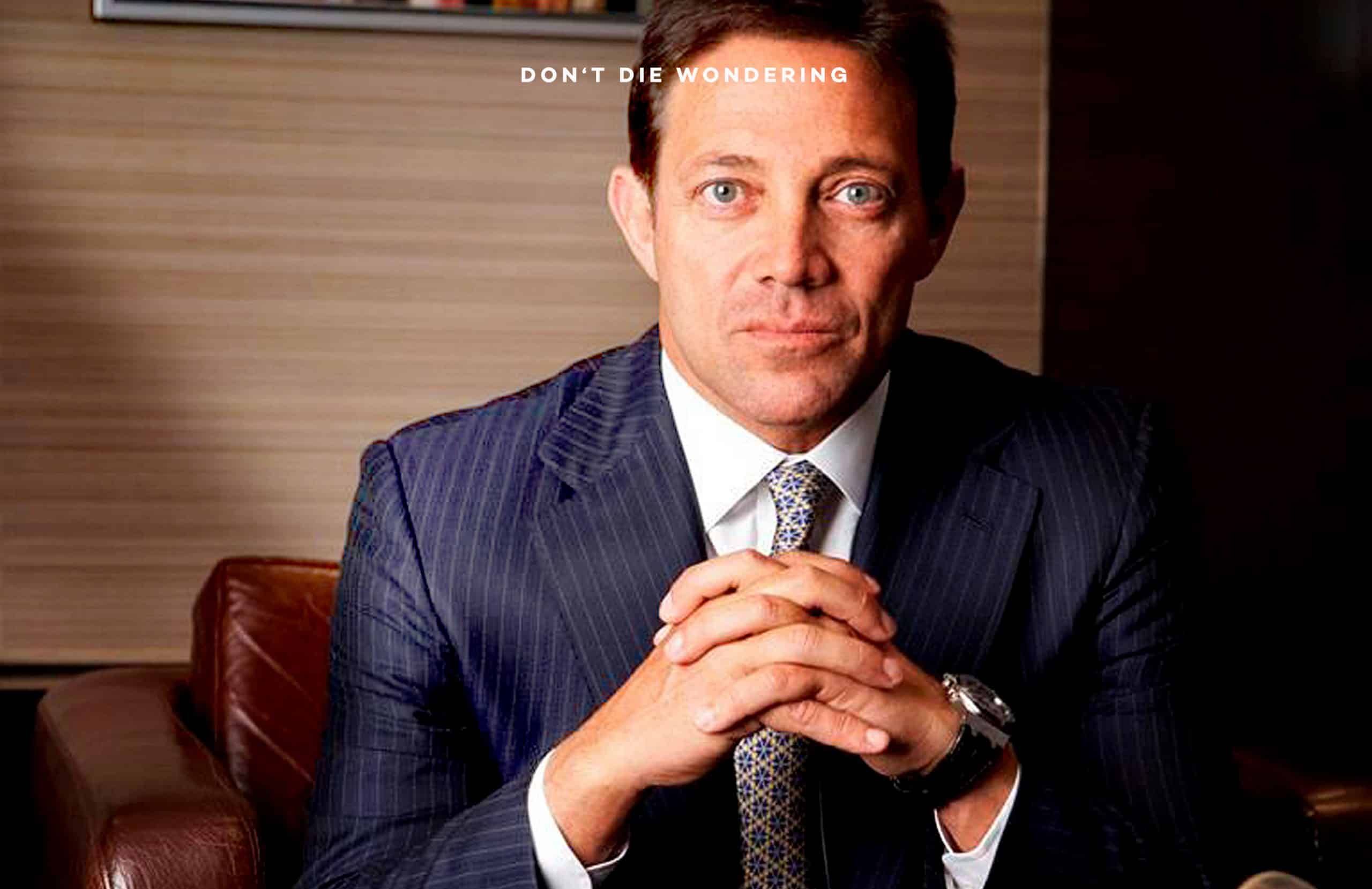
When a banker friend’s married boss began stalking her, the only conversation we had was a tactical one: How could she gently fend him off without jeopardizing her job? Another friend, who worked on an investment-bank trading floor, was so accustomed to strippers in the office that after a while, she didn’t even bother looking up when naked women began gyrating near her desk. That wouldn’t enter our lexicon until Anita Hill popularized the concept during the Clarence Thomas confirmation hearings in 1991. Attorney in 1983) hadn’t yet begun it would be several years before another of Phyllis’ bosses was arrested and jailed.Īnd neither of us, nor most of our friends, had ever heard of the phrase sexual harassment. Yet the massive crackdown on insider trading started by Rudolph Giuliani (named U.S. While we were trudging to work, toting college-graduation briefcases and listening to our Walkmans on the subway, Wall Street execs were sealing insider-trading deals at the Harvard Club.

Then it struck us: because at the time, they weren’t crazy stories.

Why didn’t we ever tell each other these crazy stories, we wondered recently. This was the 1980s version of a Starbucks run. They were for the young analysts at the firm - a work tool so they could pull all-nighters. Nor had she ever told me about the boss who used to take her on cocaine runs, so that she could watch his Porsche while he met with his drug dealer. But it wasn’t until recently that it even occurred to me to mention that naked guy I interviewed.

Phyllis and I were close friends, and still are today. (Um, yes, that Lehman Brothers.) She earned more money than I did, so she got the bedroom while I slept on the couch. ( MORE: The Wolf of Wall Street: Scorsese and DiCaprio Fall for the Big Con)Īt the time, I was a new reporter and recent college grad, sharing a one-bedroom apartment with my college friend Phyllis, who had landed a prestigious investment-banking job at Lehman Brothers. You won’t see the female point of view represented in The Wolf of Wall Street - where most of the women onscreen are hookers or strippers - or for that matter in any of the other of the major Wall Street films so far. Women then were just starting to infiltrate the boys’ clubs of finance and financial journalism - a milestone, though one now remembered mostly for its tragic fashion choices of big hair, giant shoulder pads and sneakers with suits. Solid-gold toilet seats were totally considered cool. Public-company shareholders happily footed the bill for executives’ private jets, chauffeurs and champagne-soaked trips to London on the Concorde. Black stretch limousines idled on every corner. This was a time, after all, when the 1% was lionized, not demonized. The concept of “political correctness” hadn’t yet been invented. So was the definition of acceptable behavior, and the perception of right and wrong. The culture was wildly different than it is now. It’s hard to put yourself back into that mind-set, and I’ve yet to come across any film or book that truly captures it. We didn’t even notice enough to be offended. Yet the incidents barely registered at the time because they were so … normal. The experiences my female Wall Street friends and I had would be considered outrageous today.

But in other ways, for those of us who were there in the 1980s, especially women, the film doesn’t begin to capture the absurdity of that era. In many ways the film is over the top - an orgy scene on the trading floor, which for no particular reason includes a marching band, comes to mind. Much of the conversation and coverage around the film has revolved around the same questions: How real is it? Did stuff like that really happen? I was reminded of that long-ago encounter while watching The Wolf of Wall Street, the Martin Scorsese epic about penny stockbrokers in the 1980s and 1990s binging on women, Quaaludes and sports cars, with some dwarf-tossing thrown in for good measure. ( MORE : The Wolf of Wall Street: The True Story of Jordan Belfort) Follow a rookie reporter at the Wall Street Journal in the 1980s, while working on one of my first articles, the businessman I was interviewing locked his office door, leered at me and stripped down to his underwear.Īlarmed but not knowing what to do, I kept asking my questions, jotting notes in my reporter’s pad.


 0 kommentar(er)
0 kommentar(er)
